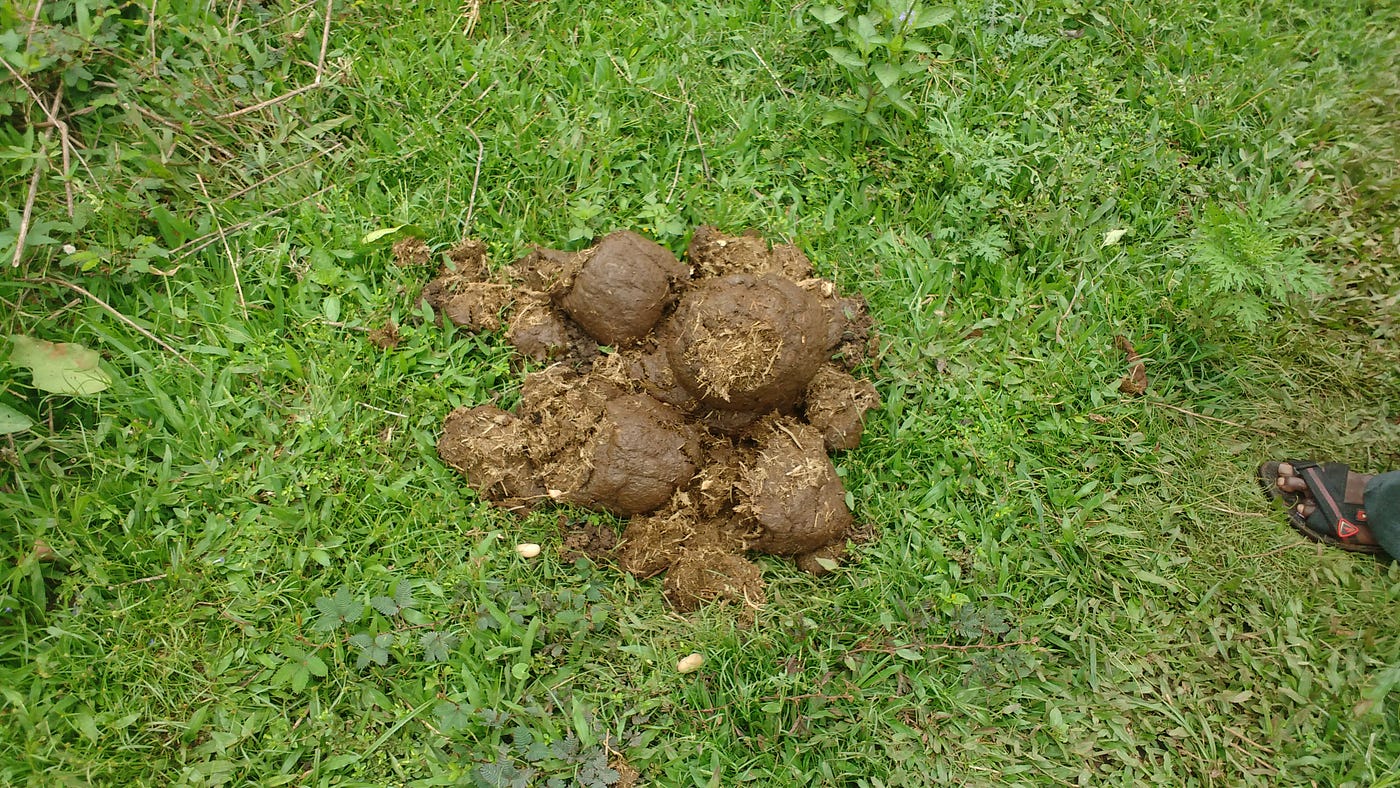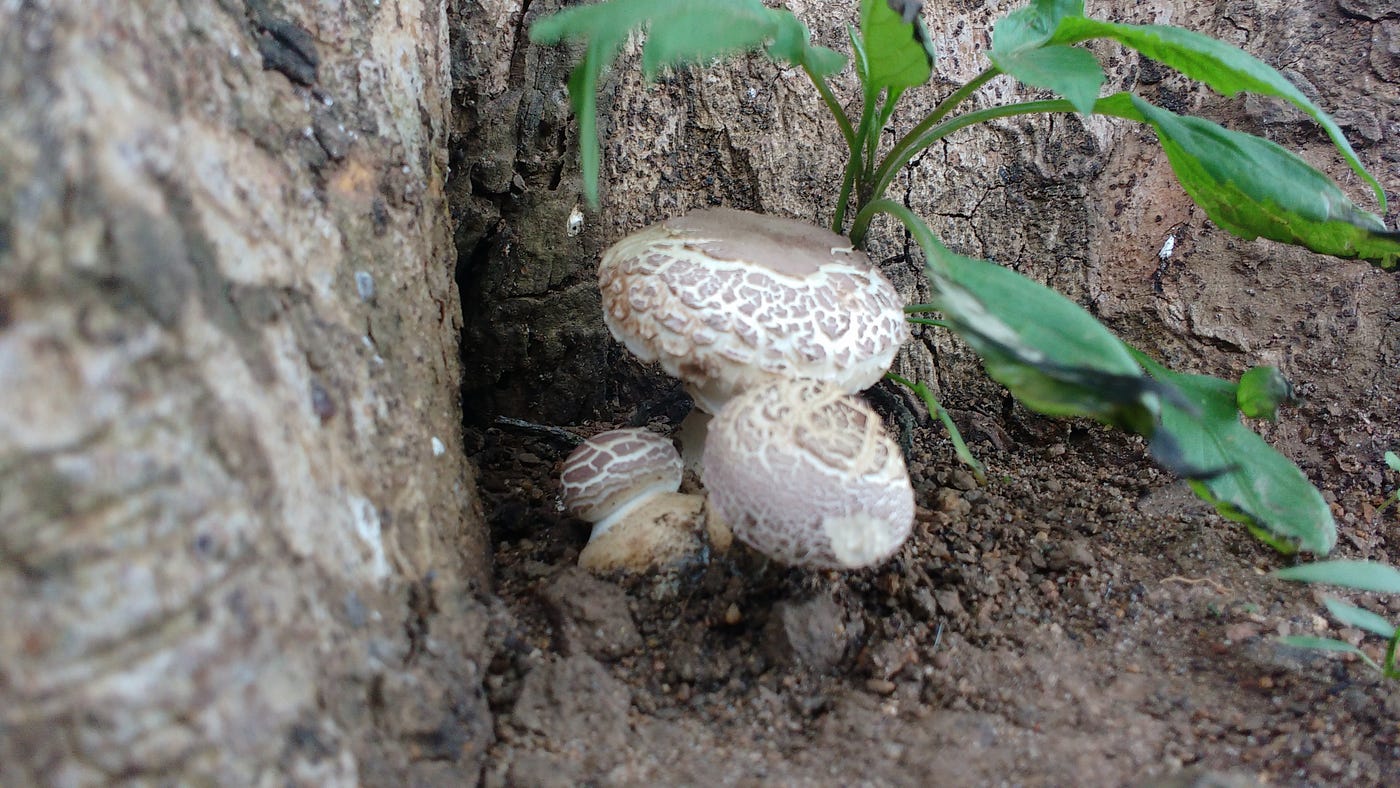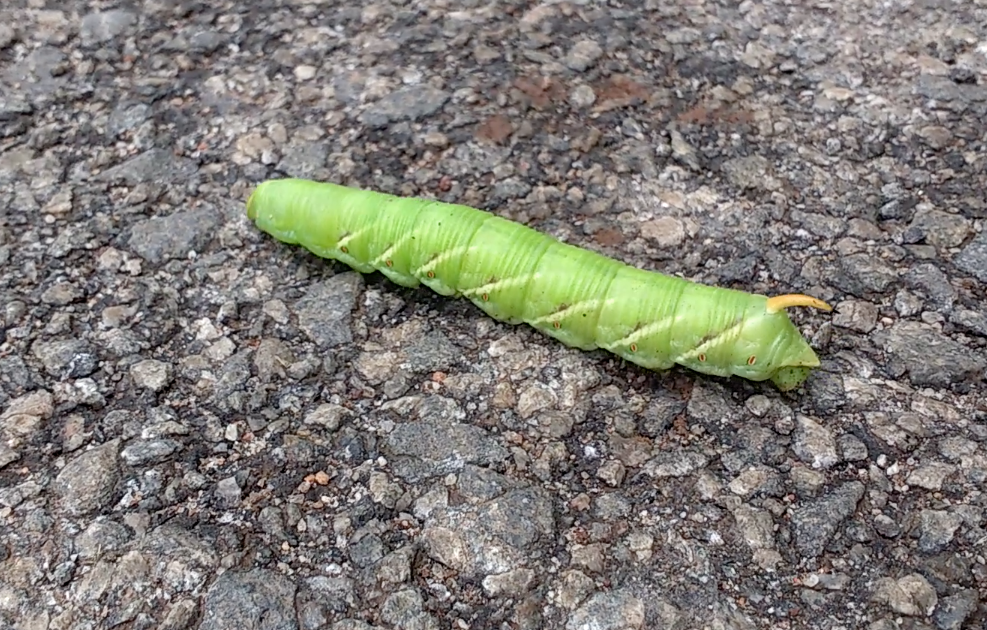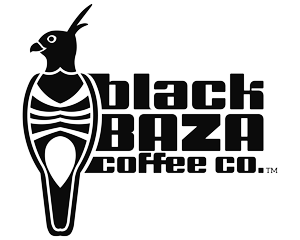Words and photographs by Ashwin Sudhir

Last semester I was taking a course called Introduction to Nanobiotechnolgy and I was quite surprised to find this line in my professor’s slides:
“The greatest challenge of nanobiotechnology is to understand the long-term impact on human health and the environment of structures”.
Although this seemed rosey, I wondered whether this was true. Data might unequivocally show that there are negative impacts on human health or environment but most practices continue. Let’s look at plastic for a moment — there is piles of data that shows that the manufacture of plastics is extractive and polluting. While a tiny fraction of plastics are recycled, the large chunk ends up occupying infinite time in landfills. There’s no debate here — but almost no user has made the switch. I am sitting in class — skeptical and baffled about how we practice science and technology.
Fast forward to I find and drink a cup of filter coffee — I place a last-minute order from Black Baza Coffee’s website after I google something about coffee roasters in India. I do not expect to find this many words about biodiversity and farming and forests. So I am baffled again and write an email.
Fast forward again and I am drinking The Wanderoo as a pour over at the Black Baza Coffee office in Bangalore. They make me drink this coffee black with no sugar.
Fast forward yet again and this time I am in BR Hills — a barking deer runs into the forest just a few metres ahead of me as I get off the red KSRTC bus.

I have a backpack full of equipment and by this I mean, the most basic smartphone in the market — a Nokia 1.
At Black Baza Coffee, we have been asking how science and technology can be made impactful. On one hand there is modern scientific research on sustainable agroforestry of coffee — full with regression models and plus-minus-p values. On the other hand, there is the knowledge and experience of Soliga producers in BRT who have been living in forest areas for millennia — and are ambivalent about adopting modern scientific methods (which aren’t necessarily better either, just more accepted).
I learned very quickly that everyone at Black Baza Coffee is either a farming or forest nerd (the Soliga producers included). This means that designing and implementing farming guidelines are not ad hoc but tiresome and long and grounded in scientific studies…as well as traditional ecological knowledge. Everyone at Black Baza Coffee is also a data nerd — which means that starting with solid baseline data is super important for whatever impact monitoring that may come afterwards.
The goal of my project at Black Baza Coffee was to see if we could enable farmers to self-report details about their farming process.
This could be the kind of biodiversity they see on their farm, the amount of rain they had last harvest, productivity, pest-outbreaks etc.This information would then be used in a feedback loop — to adaptively manage concerns on farms, make appropriate changes to then ensure that the finally cup of coffee is truly biodiversity-friendly. By this time it had become obvious that biodiversity-friendly was not a catchphrase for BBCC. It was a mission and a sort of end-goal in itself.
Like I said, these guys are mega nerds.

So how was I to do this baseline data collecting? Well, surveys of course — but paperless surveys. We decided to use the Open Data Kit(ODK), an open source software for conducting surveys on phones/tablets. We spent a lot of time/coffee on deciding how to ask questions in the survey. Questions had to be locally relevant for producers — we weren’t designing these surveys for ourselves. Also — let’s be clear — nobody at BBCC thinks they know everything so we are acutely aware that we might be keen on a particular creepy crawly when another holds more answers. For all we know, a new study might say that a good indicator of the chemical use on a farm is the gut bacteria found in the stomach of birds. Just point out that it is technically possible.
The ideal scenario would be we have information about everything from weather, moisture content of the soil to the animals that visit the farm, but no one has the time or means to gather all such information. So, instead of completely guessing (from our HQ in Bangalore) about what the important factors are we decided to ask our producers who spend way more time with coffee than we do. What do they think is the role of birds on their coffee farms? What colour coffee cherry does Kethegowda think will result in the best cup of coffee? To make things interesting we also added questions where they are asked to take photographs of birds nests, footprints or other signs of wildlife, canopy of trees, earthworms in the soil etc.
So after many days of preparing these surveys, I think, “ok we now we have the questions ready, time to go to the farm and get on with the survey right?” Ummm, not quite. Instead we give the phones to farmers and request them to do the surveys themselves. But this means quite a few things — first we want the survey to be so easy it can be done multiple times a week if need be. We want farmers to document for themselves any kind of evidence or data that they feel is important. And coffee farms are alive so there’s always some activity that warrants documentation — a fungus attack, an ambling elephant that has gorged on jackfruit, civet cat droppings of coffee beans, rainfall that has led to berry droppings etc. etc. So its crucial that farmers do these surveys themselves. Our ODK also means that they need to be able to use a smartphone (however basic) and read Kannada. This was our first assumption — something we wanted to test before we went ahead with anything else.

And so began my pilot. Many days in BRT — amongst other things, motte bhajji (egg pakodas) were a highlight. There were katydids that looked like leaves and leaves that looked like caterpillars. A walk in a coffee farm would reveal poo of all shapes and sizes. I saw dung beetles footballing piles of elephant poo. There was loosely formed poo, well-formed and hardish poo. Poo with coffee beans (that would be civets) and poo with animal hair even. Of course, the soil on the ground was very nutrient-rich poo — earthworm poo! And there were the creepy crawlies — I found a leech in my arm pit, a centipede and a toad in each of my shoes and a thorny caterpillar on my raincoat.
And this is just the boring stuff — the really gripping parts were the farmers’ reactions to our mobile phone surveys!
…to be continued
Critter log (and species that other people helped identify):






To read more on critter logs and various wild wanderings — here’s a link to Karthikeyan’s journal: http://www.wildwanderer.com



Leave a Reply